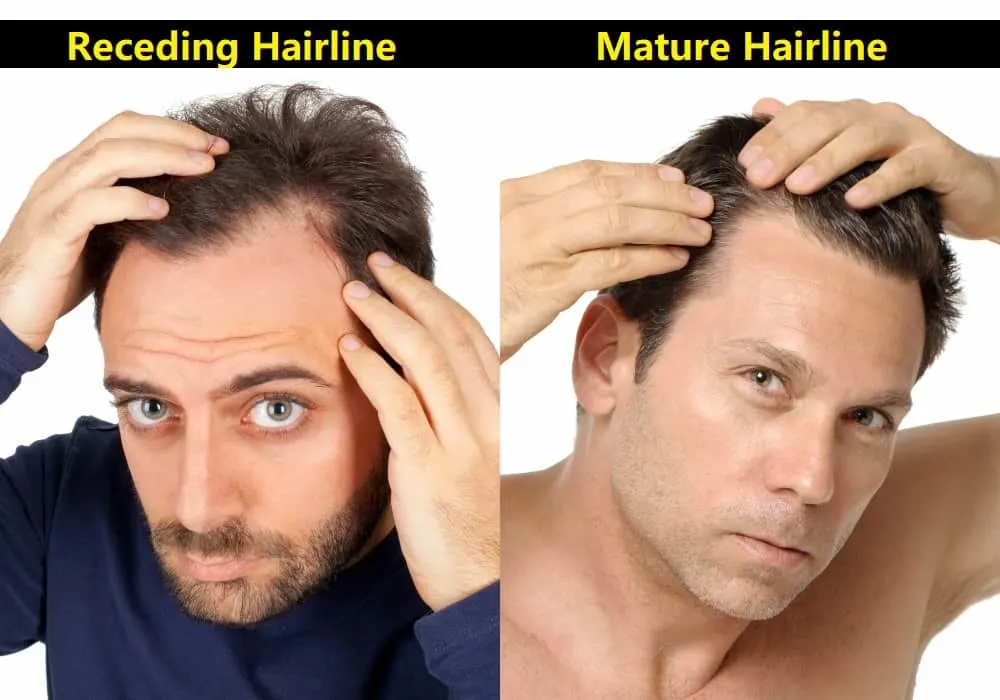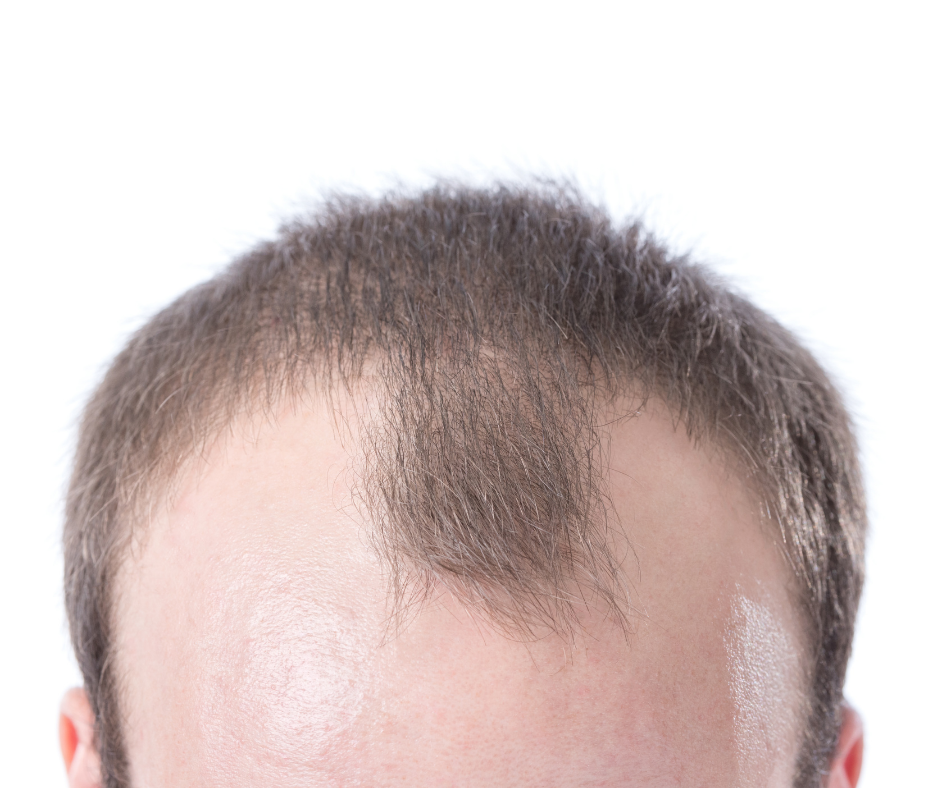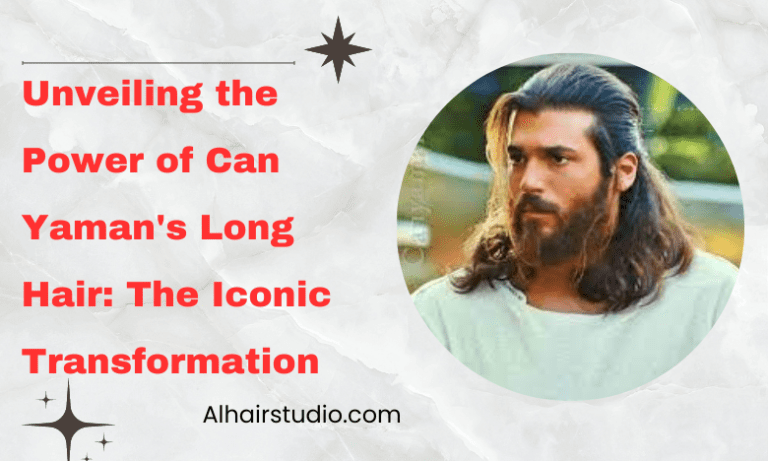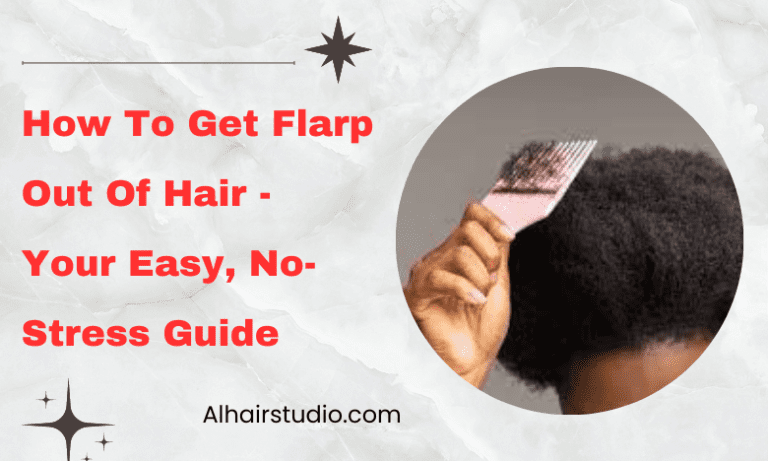Receding Hairline: Causes, Treatments, and Coping Strategies
A lush and healthy head of hair is often associated with youth, vitality, and attractiveness. However, for many individuals, the onset of a receding hairline can be a cause of concern and even distress.
In this comprehensive guide, we will delve into the intricacies of a receding hairline, exploring its symptoms, stages, and underlying causes. We will also discuss potential treatments and preventive measures, as well as debunk common myths surrounding hair loss.
Understanding receding hairline and its progression can empower individuals to make informed decisions about their hair care and explore various options to maintain a positive self-image despite this natural occurrence. So, let’s embark on a journey to uncover the truths and facts behind receding hairline and how to embrace it with grace and confidence.
What is Receding Hairline
A Receding Hairline, medically known as male pattern baldness or androgenetic alopecia, is a common condition that affects many men and some women as they age.
This condition is characterized by the gradual thinning of hair around the temples and forehead, resulting in the hairline moving backward and creating a more pronounced forehead.
While it is a natural part of the aging process for some, it can be a source of concern for others. In this article, we will explore the causes, treatments, and coping strategies for dealing with a it.
Symptoms of Receding Hairline:
- Thinning Hair: The first sign of a receding hairline is usually thinning hair around the temples or forehead. Hair becomes less dense in these areas, making the scalp more visible.
- Widening Hair Part: As the hairline recedes, the center part may start to widen, leading to a noticeable change in the appearance of the hair.
- Receding Temples: The hairline may begin to move backward from the temples, resulting in a more prominent “M” shape.
- Miniaturized Hair: The hair at the hairline may become finer and less pigmented, known as “miniaturized hair,” making it appear less dense.

Stages of Receding Hairline:
The progression of a receding hairline is typically classified into various stages using the Hamilton-Norwood Scale. This scale ranges from Stage I (least severe) to Stage VII (most severe). Here are the common stages:
- Stage I: The hairline is normal, with no signs of recession.
- Stage II: A slight recession of the hairline may be observed, with minimal impact on the overall appearance.
- Stage III: The first noticeable signs of a receding hairline appear, forming a slight “M” shape.
- Stage III Vertex: Hair loss extends to the vertex (crown) of the scalp, forming a more pronounced “M” shape.
- Stage IV: The “M” shape becomes more defined, and hair loss on the vertex becomes more noticeable.
- Stage V: The “M” shape continues to recede, and the bald areas on the front and crown of the scalp may start to connect.
- Stage VI: The bald areas on the front and crown of the scalp merge, leaving hair only on the sides and back of the head.
- Stage VII: The most advanced stage, with only a band of hair remaining on the sides and back of the scalp.
Causes of Receding Hairline
- Genetics: One of the primary causes of a receding hairline is genetics. If you have a family history of male pattern baldness, you are more likely to experience a it as you age.
- Hormones: Hormonal changes, particularly an increase in dihydrotestosterone (DHT), can contribute to hair loss and receding hairlines. DHT is a hormone derived from testosterone that can cause hair follicles to shrink and produce thinner hair.
- Age: As people age, their hair follicles tend to shrink, leading to weaker and thinner hair, which can result in a receding hairline.
- Medical Conditions: Certain medical conditions, such as thyroid disorders and scalp infections, can also contribute to hair loss and a receding hairline.

Treatments for Receding Hairline
- Medications: There are FDA-approved medications, such as minoxidil and finasteride, that can help slow down hair loss and promote hair regrowth. Minoxidil is a topical solution that can be applied to the scalp, while finasteride is an oral medication that works by reducing DHT levels.
- Hair Transplantation: Hair transplant surgery involves taking hair follicles from one part of the scalp and transplanting them to the areas with thinning or no hair. This procedure can provide natural-looking results and a permanent solution for a it.
- Low-Level Laser Therapy: Low-level laser therapy (LLLT) is a non-invasive treatment that uses red light to stimulate hair growth. It is thought to increase blood flow to the hair follicles and promote hair regrowth.
- Hairstyles: Choosing the right hairstyle can help conceal it. Shorter hairstyles and styles with bangs can be effective in minimizing the appearance of a it.
Coping Strategies
- Embrace It: Accepting and embracing your receding hairline can be empowering. Remember that hair loss is a natural part of aging for many people, and it doesn’t define your worth or attractiveness.
- Grooming: Keeping your hair well-groomed and neatly trimmed can help maintain a polished appearance.
- Hair Products: Some hair products, such as volumizing shampoos and styling sprays, can create the illusion of thicker hair and add volume to the remaining hair.
- Sun Protection: Protect your scalp from the sun’s harmful rays by wearing a hat or using sunscreen, as sunburn on the scalp can further damage hair follicles.
- Stress Management: Stress can exacerbate hair loss. Engage in stress-reducing activities such as exercise, meditation, or hobbies you enjoy.
Common Questions About Receding Hairline
Conclusion
A receding hairline is a natural part of the aging process for many individuals. While it can be distressing for some, there are various treatments and coping strategies available to address hair loss and boost confidence.
If it is a concern for you, consult with a healthcare professional or a dermatologist to discuss the best options for your specific situation. Remember, your worth is not determined by your appearance, and embracing your natural self can lead to a more fulfilling and confident life. Stay Tuned to AlhairStudio for more such content.





